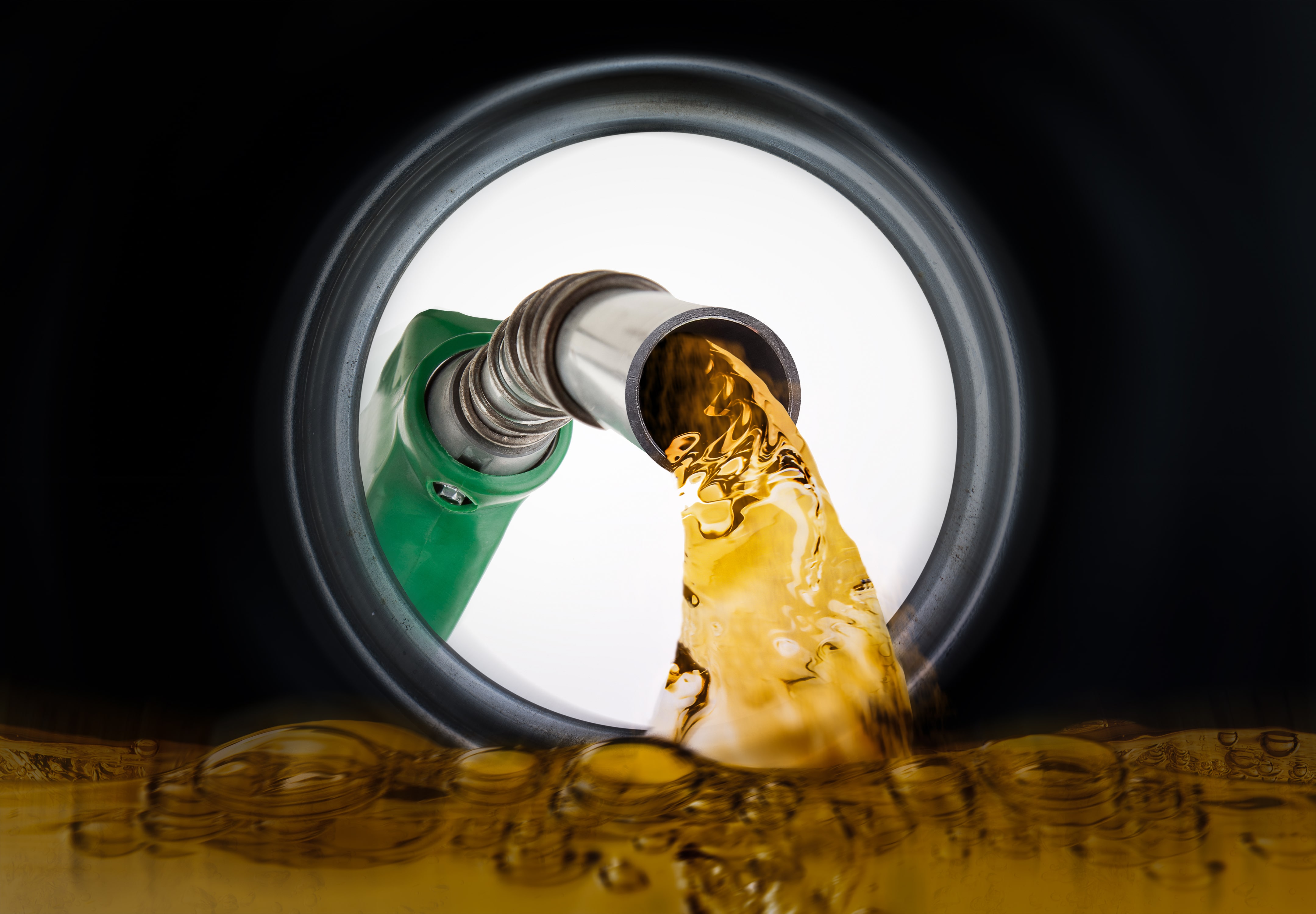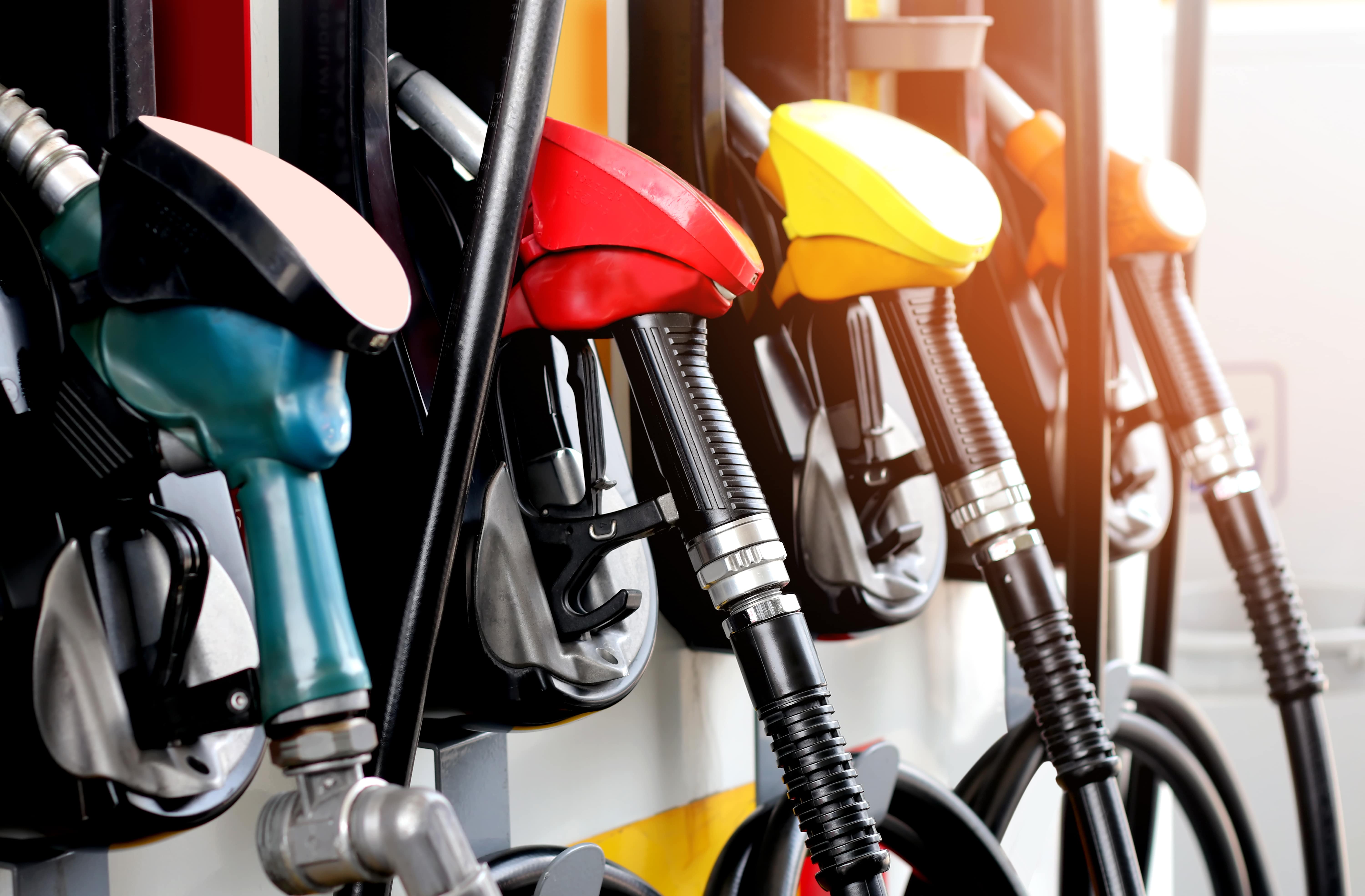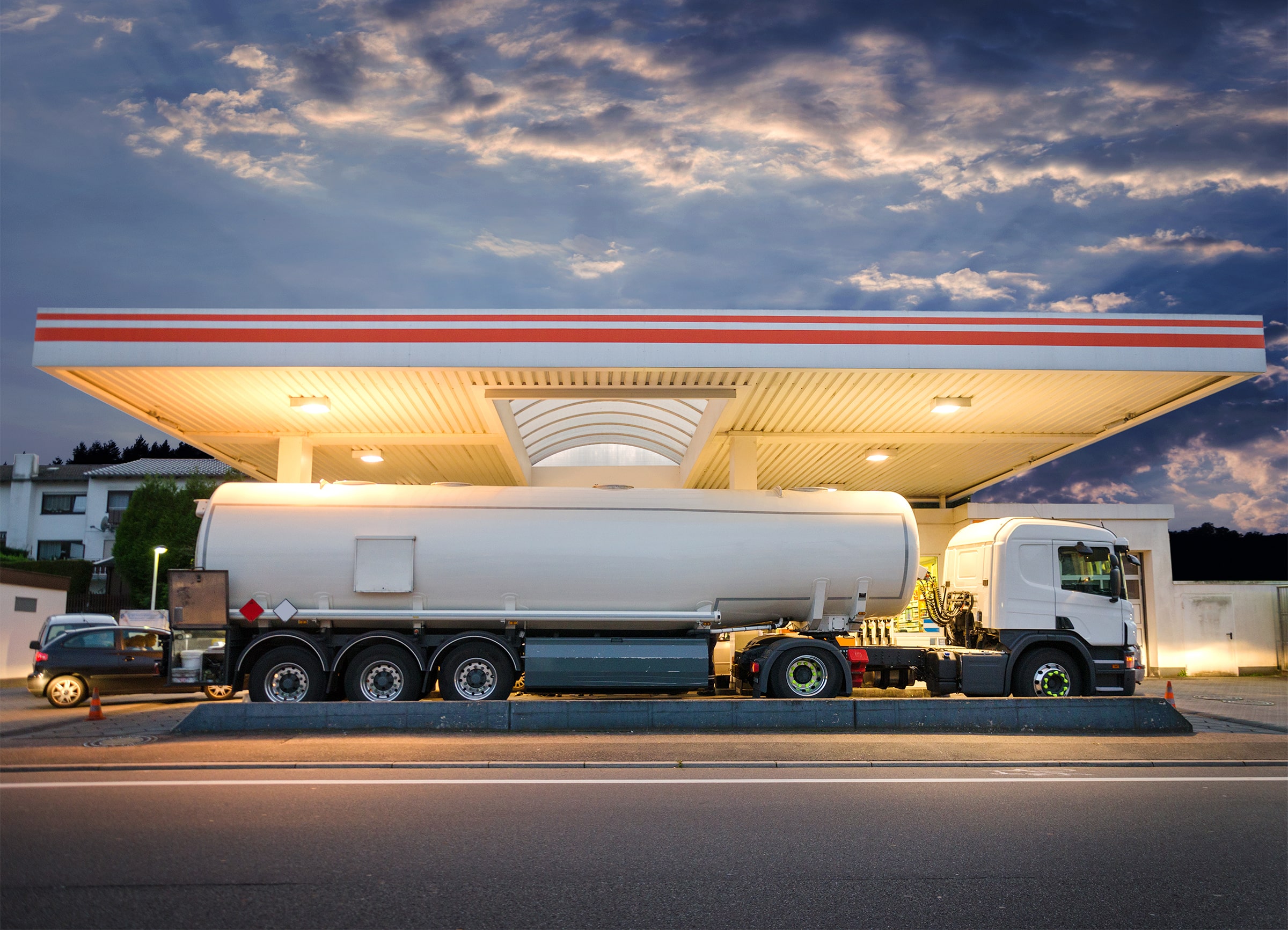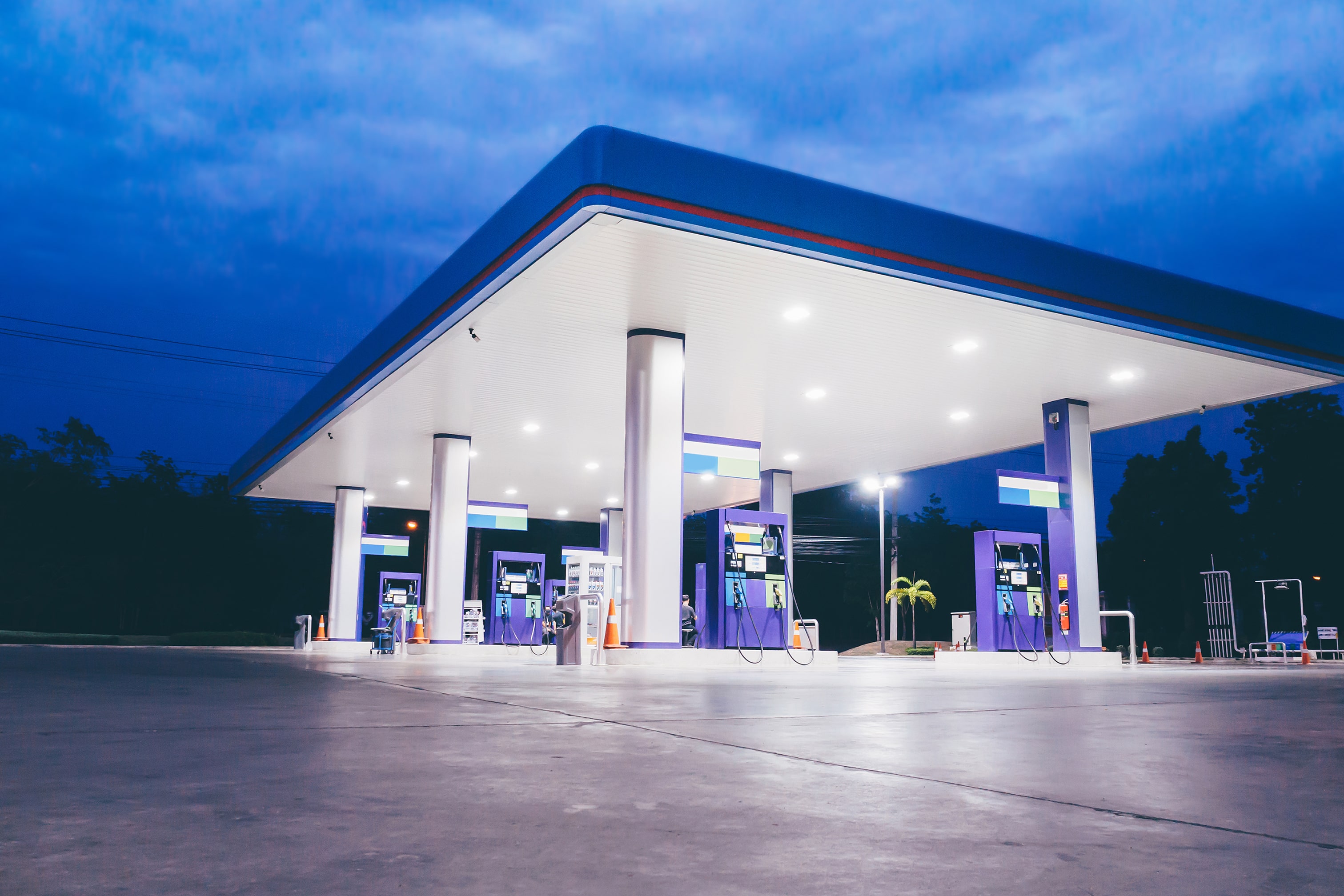
Guest
Fuel-saving tips for truck drivers
Created: 16/08/2024
•
Updated: 10/10/2024
Vehicle fuel economy is one of the most important aspects affecting the costs of transport companies. It’s vital to understand how to improve fuel efficiency, both as a manager and as a driver. At SNAP, we aim to provide professional support for everybody involved in freight – so we have prepared a list of tips that can help with fuel efficiency on the road.
Why is fuel economy so important?
To fully understand the importance of petrol fuel efficiency, it’s worth considering the role that fuel costs play in transport companies’ budgets. According to various reports, the cost of fuel can be responsible for between 25% and 35% of the spending of fleet operators. Using fuel-saving tips can considerably reduce costs, allowing for a major part of the budget to be freed up for other investments.
Another aspect of why it’s worth fuel consumption is ecology. Despite electric vehicles slowly taking hold in freight, most fleets still consist mostly of trucks equipped with regular combustion engines. With transport accounting for one-fifth of global pollution emissions, fuel-saving tips can help not only you and your company but also the planet as a whole.
Fuel-saving tips from SNAP for drivers in the UK and Europe
To help you combat rising costs and reduce pollution emissions, we’ve prepared a list of tips for achieving optimum fleet fuel efficiency. These are based on actual experience and recommendations from trusted industry partners – you can be sure that implementing our tips will have a major effect on your fuel economy.

1. Slow and steady wins the race
Even though it might be tempting to try getting to your destination as soon as possible, it’s important to consider speed limits while driving. The current limits have been in place since 2015, setting the maximum speed on single and dual carriageways to 50 and 60 mph, respectively, and 70 mph on motorways. Importantly, vehicles over 7.5 tonnes (with the weight calculated using both the car truck weight and the weight of the goods) have more restrictive speed limits, including 60 mph on motorways. It’s well documented that driving steadily and keeping under the limits helps with vehicle fuel economy – what’s more, it helps avoid speeding fines and sharply reduces accident risk.
2. Learn about fuel economy
To fully understand your driving style’s impact on transport costs, you need to know about the intricacies of fuel economy. MPG is the most common unit used to measure fleet fuel consumption. The calculation is fairly simple, but the units can be confusing, with most petrol stations across the UK and Europe selling fuel in litres. One UK gallon is equal to 4.546 litres. Most current vehicles provide MPG statistics on the go, so you can easily monitor your fuel usage while driving.
3. Brake less and drive at a steady pace
A calm driving style can do wonders for truck fuel economy. Use engine braking wherever you can, maintain a safe distance between you and the other cars, and most of all – use common sense on the road. Stay alert to quickly identify any situations that might require you to slow down and adjust the speed accordingly to keep safe and reduce fuel usage at the same time.
4. Drive on higher gears when possible
Another aspect that you need to consider is how the engine works – higher gears mean fewer revolutions per minute, resulting in less strain for the motor. Unless you’re going downhill or reducing the gear to overtake, try to stay in top gear whenever possible. This is one of the most important driving techniques to save fuel.

5. Take care of your truck
Look after your vehicle and it will look after you. Maintain your vehicle regularly, stay on top of oil levels and tyre pressure, and control the engine efficiency. These driving tips to save fuel can go a long way, and delay repairs and other maintenance work. An often overlooked aspect of fleet fuel economy is correctly inflated tyres, which can decrease fuel usage by as much as 2 per cent.
6. Plan your route and keep informed about road conditions
Planning your route in advance can help you avoid taking wrong turns and adding unnecessary miles to your trip. This is often done automatically by your satnav device, but you also need to stay informed about any potential detours and bad road conditions to further optimise your route.
7. Keep aerodynamics in mind
What’s often missed when giving tips for saving on fuel is the effect of air resistance on fuel usage. At higher speeds, even having your windows open can be detrimental to the gas economy. Aerodynamic losses can increase fuel consumption by as much as 20% – this point is definitely worth keeping in mind while driving.
8. Use the most fuel-efficient trucks
This tip is geared more towards fleet managers, but it’s smart to remember this as a driver, too. While it’s hard to pick out the single most economical truck, there’s definitely no shortage of fuel-efficient trucks on the market – especially among newer models. Trucks with good MPG are a vital asset to any transport company. While in some cases, the upfront cost of the best MPG trucks might be higher than an alternative that uses more fuel, the savings become evident over longer time periods.
9. Turn off your engine when idling
Especially when leaving the motorway and getting to your final destination, which might be in a city, you can often find yourself in a situation where you’re stopped in traffic, even for longer periods. In such cases, it’s worth turning off your engine for a while. Even the best fuel-efficient trucks still benefit from this – at the same time, you can reduce emissions and decrease noise levels.
10. Use trusted solutions to help you out on the road
Finding a parking spot or a good place to fill up your gas tank can add many unnecessary miles to your route. To speed up the process, you can use TMS (Transport Management System) software – the SNAP platform is available for both fleet operators and drivers. Available features include the SNAP Parking module which allows you to find truck stops and depot parking facilities - saving you time and fuel.

Summing up – drive steadily, consider the aerodynamics, use the right vehicle and leverage SNAP Account features
How do you achieve optimal vehicle fuel economy? There are many ways to decrease fuel usage – from keeping a calm and steady driving style, through using the most fuel-efficient trucks available, to taking care of aerodynamics and truck maintenance. You can also achieve great results by leveraging features available on the SNAP Account platform, such as SNAP Fuel and SNAP Parking.
Our solutions are currently helping over 185,000 drivers across all of Europe, helping more than 8,500 fleets save on fuel costs. Spending on fuel can account for 25–35% of a transport company’s expenses – apart from economic advantages, petrol efficiency is also vital for the planet as it helps reduce emissions.



